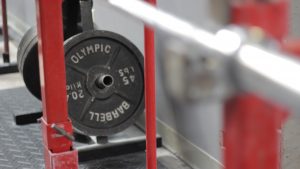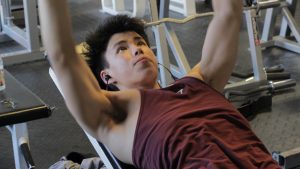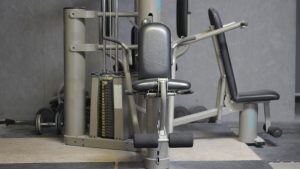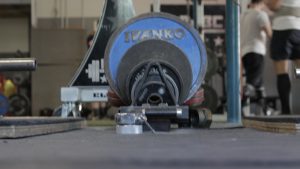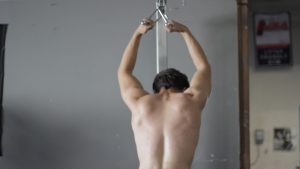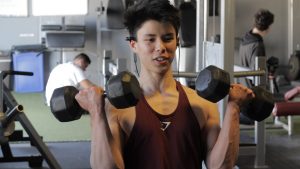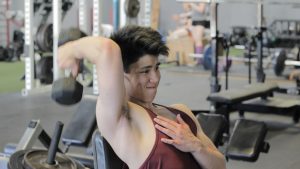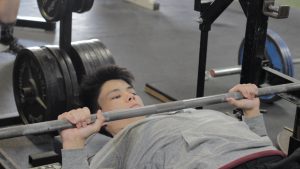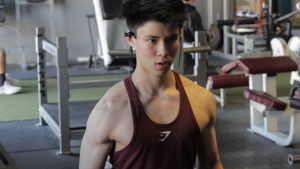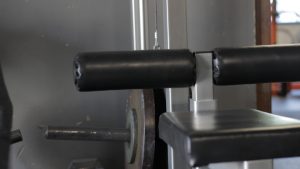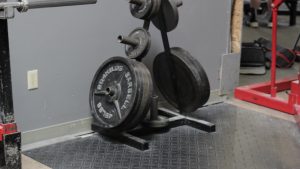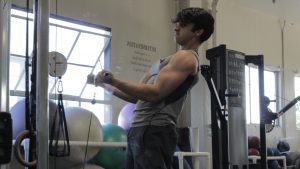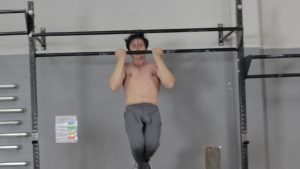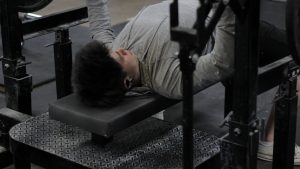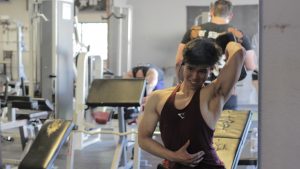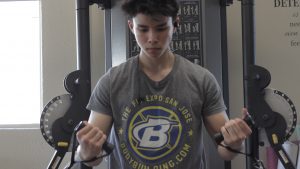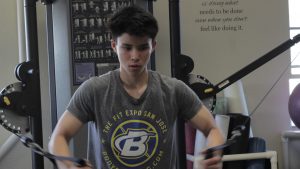Introduction to the Documentary unit
To start this unit off we were given a prompt. That prompt being: For the Junior Documentary Project, students will portray an intriguing person, group, place, idea, or issue, gathering primary and secondary research sources to develop a distinct perspective about their subject’s significance in the community and/or world. The research-based paper from English serves as the copy for the magazine article in Design and a film, commercial, and website. This unit emphasizes narrative-style journalism. So the prompt was very overwhelming, but we had a lot of time to work on these projects. This unit started on February 25th and everybody need to get their final products done by May 15th, so needless to say this was a long unit. To start off the documentary unit, we learned how documentaries are made and how to film interviews. During this process, we watched a couple well made documentaries in class as an example of what ours should eventually look like. We practiced filming interviews in a smaller assignment of making a mockumentary with our classmates. After Making the mockumentary, we had to pitch an idea for the real documentary to our class. My original idea was to do a documentary on Esports, but given the fact that The documentaries had to be interview based, meaning that the film would most likely have to be about a local Esports team or club, I lost interest in following that Idea because it was not what I would want to do for the next few months of my freestyle career. I decided to partner up with my good friend Alex Wong, who I had previously partnered with for the narrative project, and work on his idea: weightlifting. For me, weightlifting is something I have been interested in for the longest time, but I never really took any steps to pursue it as a potential passion. Alex and I both have friends that are prolific weightlifters, and my dad does CrossFit. Throughout this project, I not only grew in all aspect of my film making skills, from pre-production all the way to my post production. One of the biggest challenges going into this project was that all of the interview have to be filmed in one take, and if anything goes wrong you can lose an entire interview’s worth of content. The film teacher told us that, ‘If something can go wrong. It WILL go wrong”. For us stuff did end up going wrong, but will will get to that later.
Documentary research paper
During this unit in English, we had to write a large research paper for the topic that we made our documentaries on. We used our interviews as primary sources, along with research we conducted online through school databases. The most tedious part of this process was making transcript for our interviews. To make these transcripts I had to listen to and type out every word said during our interviews that lasted upwards of thirty minutes each. The transcripts could take a few long continuous hours of work and could be pretty draining. As part of this unit we read chapters from and did a variety of exercises from the book They Say I Say by Gerald Graff and Cathy Birkenstein. The reading and exercises helped me learn new techniques in presenting my arguments and summarizing articles and other sources. Writing this research paper, and the planning process involved in it greatly helped my partner and I with the structure and flow of our film as well. I learned a lot from this unit in English, not only about weightlifting, but also on how to write a documentary paper.

Mockumentary
After learning what to do we practiced by getting into groups and film a very rough mockumentary in one day. We came up with an idea for a topic and then we filmed it. We made sure to use a two camera set up so we could get both a close up and a medium shot of the person being interviewed. We used our audio recorders along with a lavalier microphone to get audio that doesn’t sound like absolute garbage. After we filmed all of the interviews, we the had to film B-Roll. B-Roll is anything that is shown in the film that isn’t the interviewee talking. After getting all of that, we could put all of the files into an Adobe Premiere project and edit the film. The most annoying part of the editing process was that we had to manually sync the audio from the mic with video. There is software to sync audio and video, but we only learned about it and how to use it after this project.
ARVE Error: src mismatch
provider: youtube
url: https://www.youtube.com/watch?v=M_DzHYgAv1U&list=PL4UmbWlij-uTH7_8uvzSj9bzFUlpT8SPE&index=7&t=0s
src in org: https://www.youtube.com/embed/M_DzHYgAv1U?list=PL4UmbWlij-uTH7_8uvzSj9bzFUlpT8SPE
src gen org: https://www.youtube.com/embed/M_DzHYgAv1U?start=0&list=PL4UmbWlij-uTH7_8uvzSj9bzFUlpT8SPE
Documentary film
The final product of this unit for film was an Expository Documentary film. An Expository Documentary film is a type of documentary that uses interviews and B-Roll to convey points and the message of the film. In total we had to film and record four interviews. Our first three interviews went off with only very minor issues that had easy solutions and overall they came out pretty well. The final interview however, had some pretty major problems. The audio file got corrupted and we lost basically the entire interview’s worth of audio. This was a big struggle for us, especially when it came to our film. Our first three interviews were of all men who weight lifted, and our fourth interview was a CrossFit coach who is a women. She provided great insight for our documentary and I feel like the film would have been just that much better with her included. Sadly we had to cut the interview due to the lack of audio, but I am still proud of how the film turned out. For me, my favorite part of the film making process on this project was the post production, more specifically, the editing. I enjoy editing videos a lot and that is a big reason why I decided to take film as my elective at Freestyle. For this project in particular, I enjoyed taking the clips from our interviews and combining different people’s views on similar topics to form a cohesive documentary. One of the biggest challenges my partner and I encountered during this project was that we had problems filming our B-Roll. We ended up with poor time management and we had to film all of our B-Roll in one day.
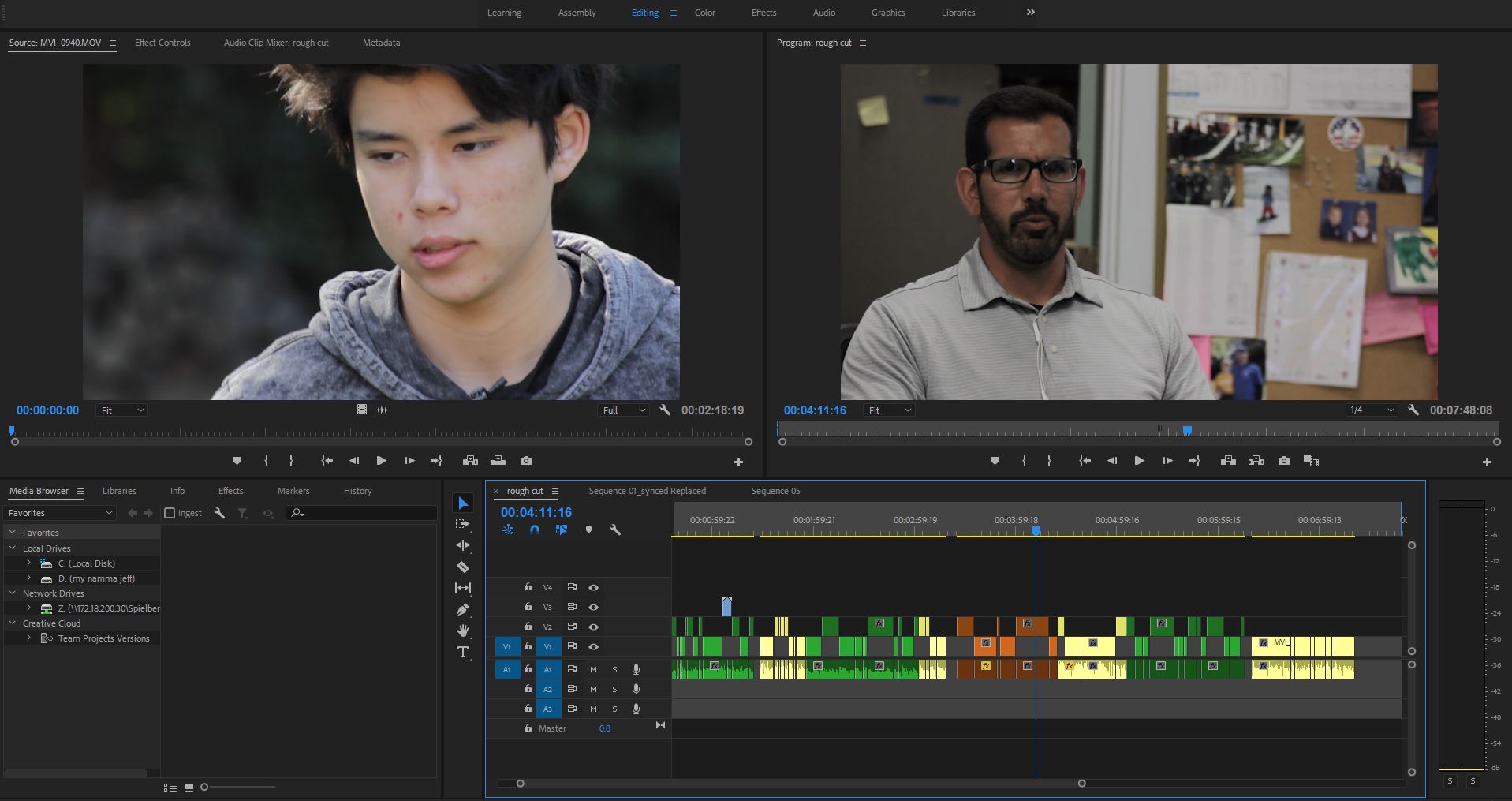
Interviewee Bios
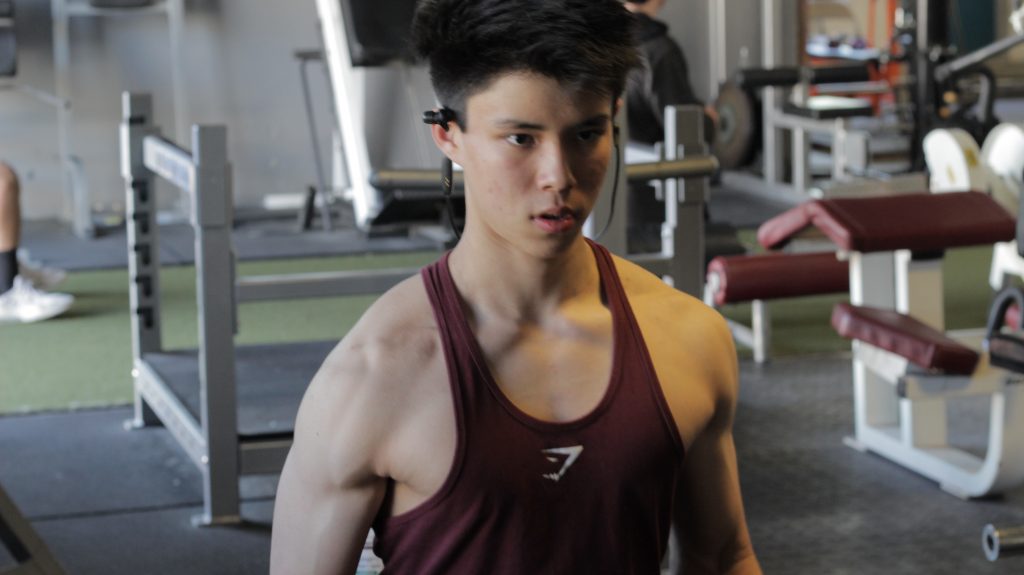 Eric Carlson was the first person that we interviewed. He is a junior at lost altos high school and he has been weightlifting seriously for around two years now. He is a good friend of my partner, Alex and he was partially an inspiration to make this film.
Eric Carlson was the first person that we interviewed. He is a junior at lost altos high school and he has been weightlifting seriously for around two years now. He is a good friend of my partner, Alex and he was partially an inspiration to make this film.
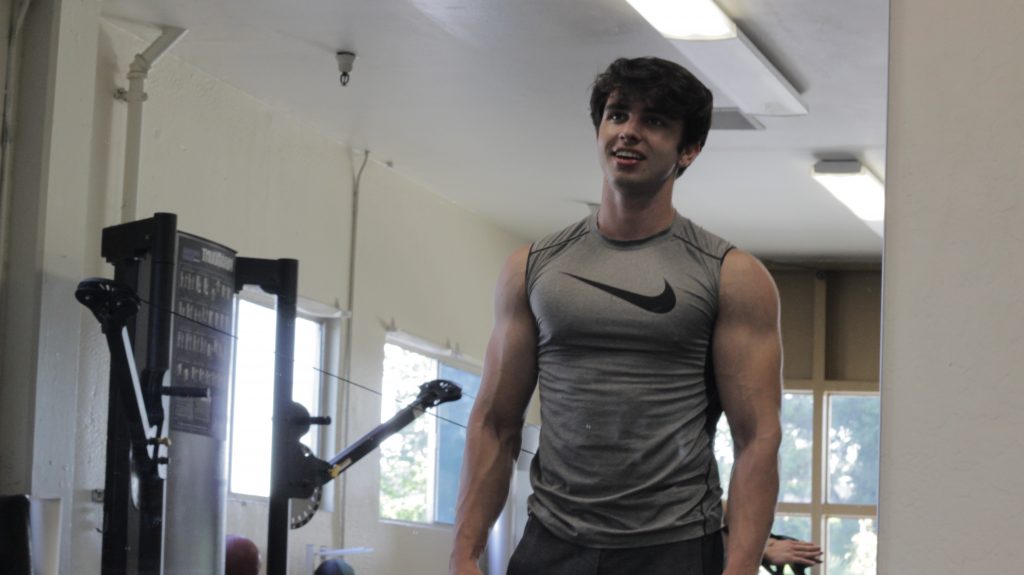 John Larson is also a weightlifter from lost altos high school and he frequently lifts with Eric. He is very well known at his school for his weightlifting. He was even interviewed by his school newspaper.
John Larson is also a weightlifter from lost altos high school and he frequently lifts with Eric. He is very well known at his school for his weightlifting. He was even interviewed by his school newspaper.
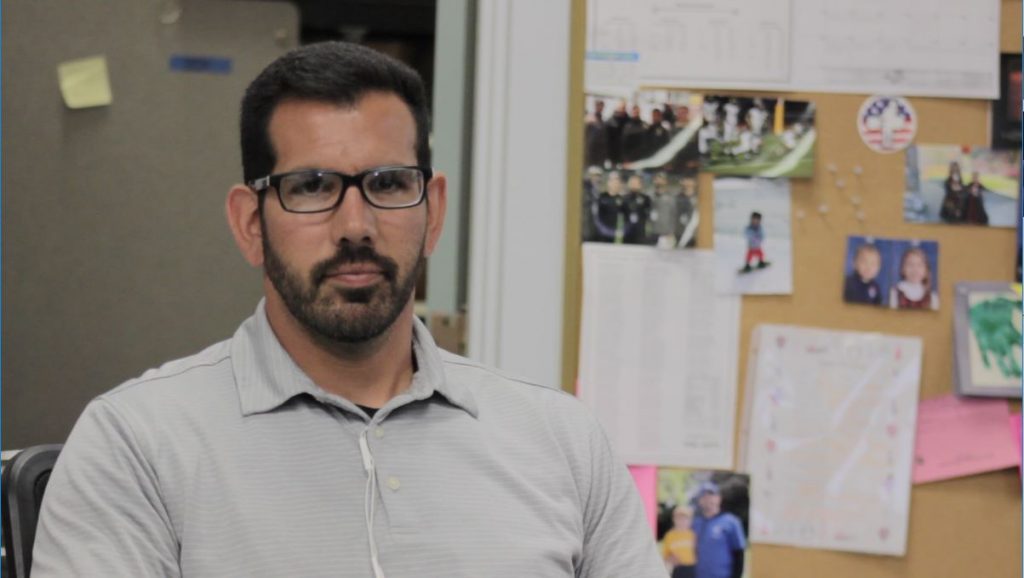 Rick Esparza is a P.E. and weightlifting teacher at Mountain View High School. We interviewed him because he has a lot of knowledge on weightlifting in both a professional and high school settings.
Rick Esparza is a P.E. and weightlifting teacher at Mountain View High School. We interviewed him because he has a lot of knowledge on weightlifting in both a professional and high school settings.
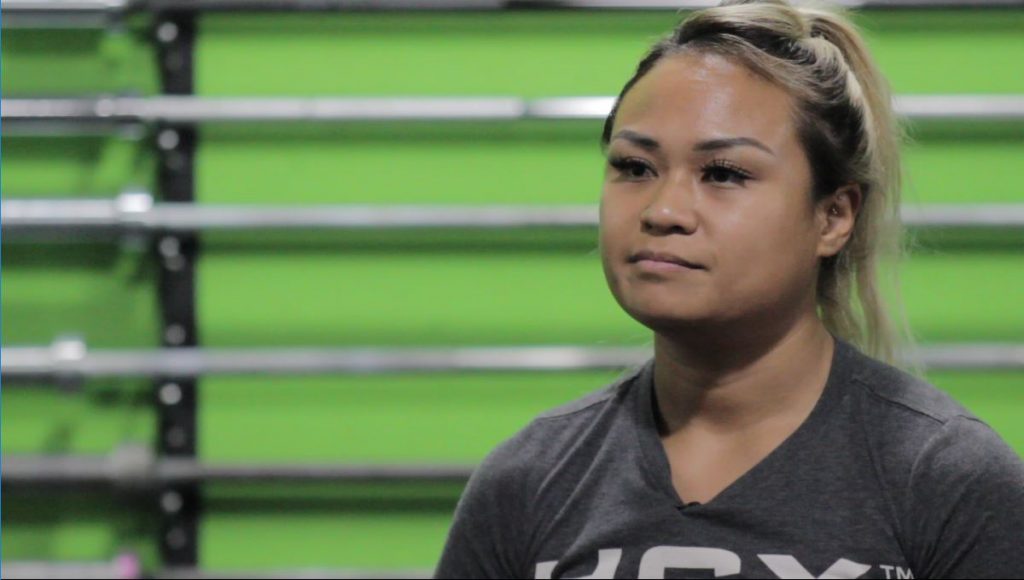 Heather Alegro is a coach at Home Grown CrossFit, a CrossFit Gym in northern California. She has years of experience in weightlifting in both a casual and professional setting.
Heather Alegro is a coach at Home Grown CrossFit, a CrossFit Gym in northern California. She has years of experience in weightlifting in both a casual and professional setting.
Photo Gallery
